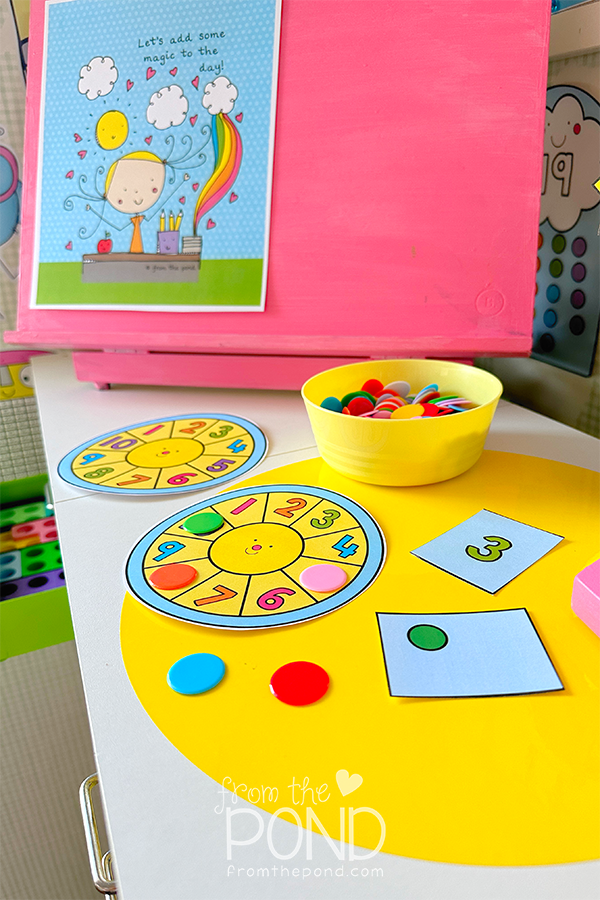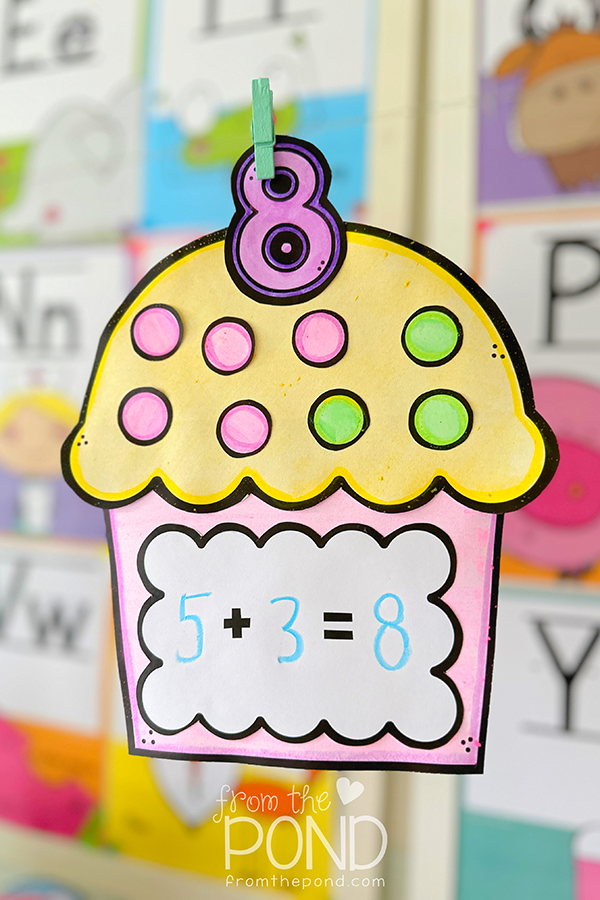Fun Friday Math Warm-Up: Number Detective Game
As we head into the weekend, I’ve got a super fun and educational math warm-up game that’s perfect for kicking off your Friday morning with your little learners.
Introducing the Number Detective Game—a lively and interactive way to reinforce numeral recognition and listening skills. Best of all? It’s easy to set up and will have your students eagerly participating in no time!
Objective:
Help students practice recognizing numerals, associating quantities with numbers, using order and position of numbers and following verbal clues.
Materials Needed:Number cards (1 to 10)
- Happy Number Spinners - 1-10
- Visual clue cards (numerals and dots)
- Sound clue items (counters and a cup)
- Counters (5 per student or more if needed)
Duration:
10-15 minutes
How to Play
- Introduction (2 minutes): Start by quickly reviewing numbers 1 to 10. Explain that today’s game will involve listening to clues and using their cards to find the right number.
- Setup (3 minutes):Hand out Happy Number Spinners with numerals 1 to 10 to each student. Give each student 5 counters.
- You (the teacher) keep the numeral cards, dot cards and visual clue cards
Game Time (8-10 minutes):
- Have students place their counters on any 5 numbers on their card.
- Provide clues to find the correct number:
- Numerical Clues: “This number comes after 4.”
- Dot Clues: Show a dot card and have them find the matching number.
- Sound Clues: Clap or drop counters into a cup and have them count the sounds.
- Students should remove the counter from the number that matches the clue.
- The first student to remove all 5 counters wins!
Wrap-Up (2 minutes):
Congratulate the winner and review any tricky numbers or clues. If time permits, play another round or discuss the numbers further.
Why You’ll Love This Game
- Engaging and Interactive: Keeps students involved and eager to participate.
- Reinforces Learning: Enhances numeral recognition and listening skills.
- Flexible and Fun: Can be adapted with various clues and activities.
For more math fun, check out my Math Kit Bundle on Teachers Pay Teachers! It’s packed with resources that will make your math lessons both enjoyable and effective.
Happy teaching and have a great Friday!


















































